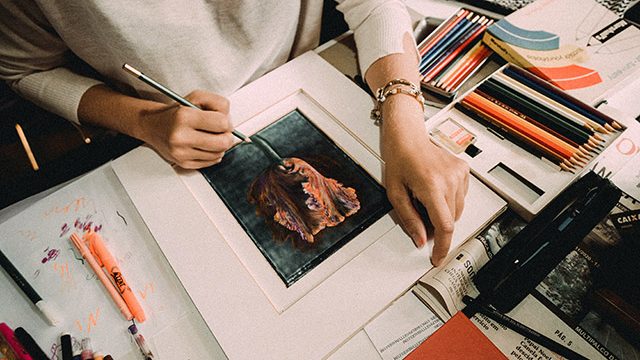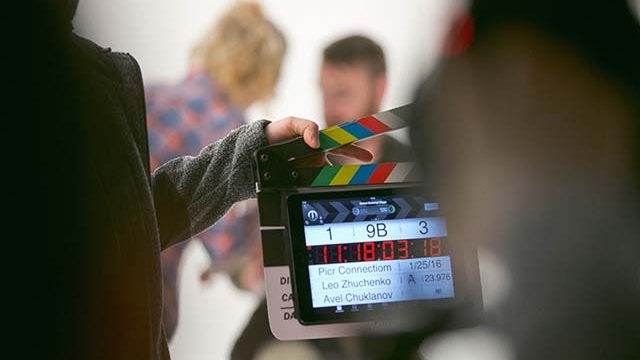In today’s fast-paced world of media and entertainment, storyboard artists play a pivotal role in shaping narratives, whether for film, animation, or advertising. Their ability to visualize and plan scenes is crucial in bringing stories to life. However, even the most talented storyboard artists encounter creative blocks from time to time. To overcome these challenges and unlock their full creative potential, incorporating innovative techniques into the storyboard brainstorming process is essential. Here, we explore five unique methods that can inspire storyboard artists to push the boundaries of their imagination.
- Mind Mapping:
Mind mapping is a powerful brainstorming tool that enables storyboard artists to generate ideas freely and visually. By starting with a central concept or theme and branching out with related thoughts and associations, artists can explore different directions for their storyboard. Whether using pen and paper or digital software, the nonlinear nature of mind maps encourages nonlinear thinking, allowing for unexpected connections and innovative storytelling approaches. Additionally, collaborative mind mapping sessions with fellow artists can further enrich the brainstorming process by incorporating diverse perspectives and ideas.
- Analog-Digital Hybrid Workflows:
While digital tools offer convenience and efficiency, integrating analog methods into the storyboard brainstorming process can spark creativity in unexpected ways. Experimenting with traditional techniques such as sketching, collage, or even creating physical models can provide a tactile experience that stimulates the senses and fosters a deeper connection to the creative process. By combining analog and digital workflows, storyboard artists can leverage the best of both worlds, seamlessly transitioning between mediums to explore ideas from multiple perspectives.
- Storyboarding in Reverse:
Traditionally, storyboard artists begin with a script or outline and sequentially visualize scenes from start to finish. However, flipping this approach on its head by storyboarding in reverse can yield surprising results. Starting with the desired endpoint or climax of the story and working backward encourages artists to think critically about narrative structure and pacing. By deconstructing the story in reverse order, storyboard artists can identify key moments and plot twists more effectively, leading to a more dynamic and engaging narrative flow.
- Constraints-Based Creativity:
Embracing constraints can fuel creativity by forcing storyboard artists to think outside the box and find innovative solutions within limitations. Whether imposed by time, budget, or stylistic constraints, embracing these limitations as creative challenges can inspire new ideas and approaches. For example, setting a strict time limit for each storyboard panel or restricting the color palette can encourage artists to prioritize essential elements and convey meaning more efficiently. By embracing constraints as opportunities rather than obstacles, storyboard artists can unleash their creativity in unexpected ways.
- Experiential Storyboarding:
Stepping outside the studio and immersing oneself in real-world experiences can provide valuable inspiration for storyboard artists. Whether attending live performances, exploring nature, or simply people-watching in a bustling city, observing and interacting with the world around us can spark fresh ideas and perspectives. Additionally, experimenting with unconventional materials or techniques inspired by these experiences can inject authenticity and vitality into the storyboard. By incorporating elements of lived experience into their work, storyboard artists can create narratives that resonate deeply with audiences on an emotional level.
In conclusion, storyboard brainstorming is not just a technical exercise but a creative journey that requires experimentation, collaboration, and an open mind. By embracing innovative techniques such as mind mapping, analog-digital hybrid workflows, reverse storyboarding, constraints-based creativity, and experiential storyboarding, storyboard artists can unlock new dimensions of creativity and elevate their storytelling to new heights. In an industry constantly evolving, mastering these techniques can empower artists to push the boundaries of their craft and captivate audiences with compelling visual narratives that endure. Click here if you need a storyboard to captivate your audiences.



